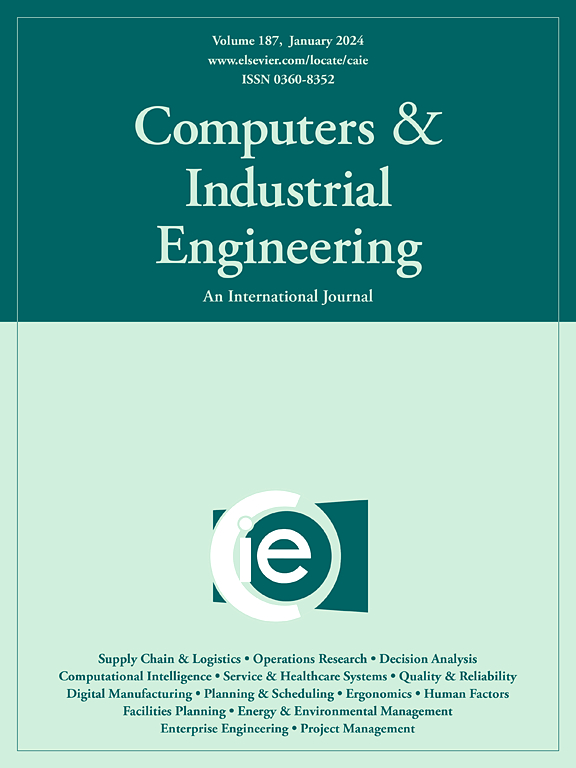Interpretable accident prediction at highway-rail grade crossings: a deep learning approach
IF 6.5
1区 工程技术
Q1 COMPUTER SCIENCE, INTERDISCIPLINARY APPLICATIONS
引用次数: 0
Abstract
Accidents at highway-rail grade crossings (HRGCs) pose significant risks to life and property, leading to substantial losses each year in the United States. Accurate and interpretable accident prediction provides a viable solution for improving the safety of HRGCs. Although encouraging processes have been achieved, existing studies either exhibit insufficient predictive performance or lack inherent interpretability, hindering efforts to further enhance the safety of HRGCs. To fill this gap, a well-designed deep learning model for accurate and interpretable accident prediction at HRGCs is proposed in this study. First, a word embedding approach is employed to generate vector representations of the category characteristics of HRGCs, effectively capturing the semantic information inherent in these characteristics. Second, the attention mechanism is used to separately aggregate the category characteristics and numerical characteristics, which can dynamically identify the key contributing characteristics of the accidents at HRGCs. The HRGCs data from Louisiana, Texas, and Washington were employed for a comparative analysis with the baseline model, demonstrating and validating the superiority and practicality of the proposed deep learning model. Finally, an interpretive analysis of the prediction process and prediction results of the proposed deep learning model is conducted. Eventually, this study explores the causative factors of accidents at HRGCs in a data-driven manner, providing valuable insights for further improving the safety performance of HRGCs.
高速公路铁路平交道口的可解释事故预测:一种深度学习方法
在美国,公路铁路平交道口发生的事故对生命和财产构成重大威胁,每年造成重大损失。准确的、可解释的事故预测为提高高负荷燃气轮机的安全性提供了可行的解决方案。尽管已经取得了令人鼓舞的进展,但现有的研究要么表现出不足的预测性能,要么缺乏内在的可解释性,从而阻碍了进一步提高hrgc安全性的努力。为了填补这一空白,本研究提出了一个精心设计的深度学习模型,用于在HRGCs中进行准确和可解释的事故预测。首先,采用词嵌入方法生成hrgc类别特征的向量表示,有效地捕获这些特征中固有的语义信息。其次,利用注意机制分别对类别特征和数值特征进行聚合,动态识别出高等级燃气轮机事故的关键贡献特征;采用路易斯安那州、德克萨斯州和华盛顿州的hrgc数据与基线模型进行对比分析,证明并验证了所提出的深度学习模型的优越性和实用性。最后,对所提出的深度学习模型的预测过程和预测结果进行了解释性分析。最后,本研究以数据驱动的方式探讨了高等级燃气轮机事故的成因,为进一步提高高等级燃气轮机的安全性能提供了有价值的见解。
本文章由计算机程序翻译,如有差异,请以英文原文为准。
求助全文
约1分钟内获得全文
求助全文
来源期刊

Computers & Industrial Engineering
工程技术-工程:工业
CiteScore
12.70
自引率
12.70%
发文量
794
审稿时长
10.6 months
期刊介绍:
Computers & Industrial Engineering (CAIE) is dedicated to researchers, educators, and practitioners in industrial engineering and related fields. Pioneering the integration of computers in research, education, and practice, industrial engineering has evolved to make computers and electronic communication integral to its domain. CAIE publishes original contributions focusing on the development of novel computerized methodologies to address industrial engineering problems. It also highlights the applications of these methodologies to issues within the broader industrial engineering and associated communities. The journal actively encourages submissions that push the boundaries of fundamental theories and concepts in industrial engineering techniques.
 求助内容:
求助内容: 应助结果提醒方式:
应助结果提醒方式:


